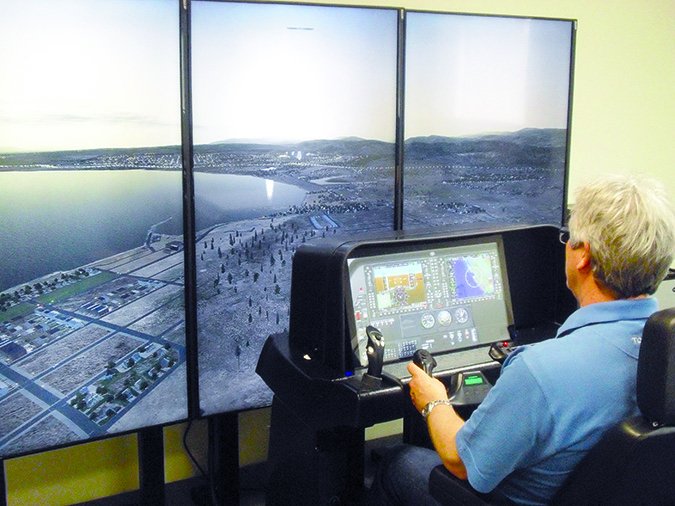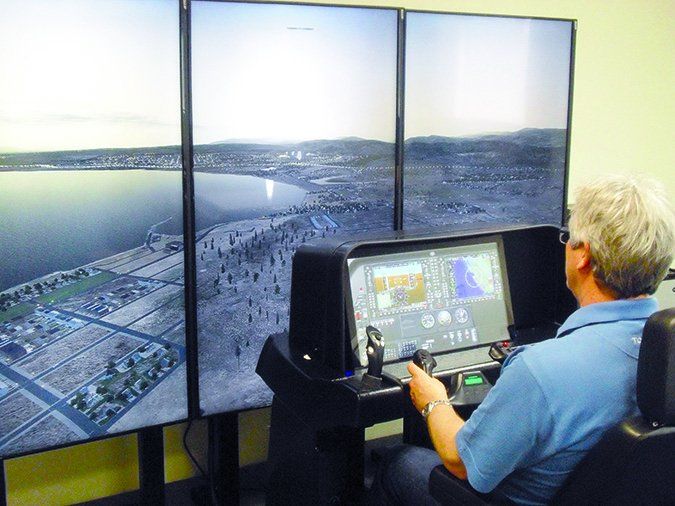I haven’t flown in a year. There, I admitted the embarrassing truth. Shame on me. It’s time to rejoin GA, which I’m starting through some recurrent training. In March I wrote here in strong support of cockpit-specific training—something I also needed. You see, my airplane has a lot of cool toys I’ve yet to really master. Garmin kindly offered to train me on the primary combination and it was an eye opener.

Working the exercises, I was struck by how tenuous our connection is to the incredibly advanced systems we use to fly. Sure, we can do the basics—tune a radio, go direct, load an approach—but some operations require a more intimate relationship with the “magic wonder boxes.”
For but one example, say you’re flying through a MOA that’s going hot and ATC needs to reroute you to NOMOA on the other side. “Turn right, heading 290. Intercept V956 to NOMOA. Rest of route unchanged.”
So, you dutifully put the autopilot in heading mode and bug 290. Then what? In the old days, you’d just consult the chart, tune and identify the VOR, set the OBS and wait for intercept. But how do you tell your navigator to do that? I’ll bet at least half of you don’t know. I didn’t.
Yes, this is a contrived example and something you’ll almost never see. But “almost” isn’t never; it’s the edge cases like this that we have to handle as easily as tuning the radios. And that’s the point. If you don’t have the confidence to use your TAA systems to accomplish anything ATC can throw at you, some training should be on your agenda.
No, we’re not falling out of the sky for lack of comfort with the edge cases of using our TAA, but even one accident—or violation—is too many. And, it’s not isolated to TAA.
Reader Ben Taber operates a Part 135 charter. Some of his aircraft have modern glass panels, and some have legacy steam gauges. Some of the newer pilots he’s been getting have largely grown up in G1000-equipped aircraft. That’s great if they’re going to fly a G1000, but Ben reports that when they’re in the basic six-pack-equipped aircraft, they don’t have a clue. Without glass in front of them they’re unable to maintain any situational awareness.
Hold on. I’m not claiming we should all be forced to fly steam gauges. However, this plays right into my main point: In today’s sophisticated environment, we must be adequately trained and proficient on the equipment we’re flying.
As thoroughly as the FAA regulates us, their requirements often pale when compared to insurance mandates. My insurance requires me to get annual recurrent training, but they say nothing of mastery of the glass. Perhaps they’re lagging trends, too, and perhaps they’ll soon mandate cockpit-specific training.
Fortunately I pick up technology pretty easily. But, I lose it just as easily. The only remedy I’ve found is practice—use it or lose it. If you’re like me, once you master the panel (in the airplane, simulator or just a desktop trainer) stick with it. So, get that training and let that be the first step, not the last, in maintaining panel proficiency.





